To answer this question, I want to look at the who did what research and what it means to the answer, itself. To accomplish this in a digestible way, I want to break this conversation up into small parts. These parts will look at the who, what, and means, beginning with the who; because the who allows us to investigate the what and its meaning with reasonable assurance.
The Who:
The United States (U.S.) Bureau of Labor Statistics (BLS) reports that millions of construction-related illnesses are reported each year; the top five are usually related to asthma, cancer, Chronic Obstructive Pulmonary Disease (COPD), dermatitis, and musculoskeletal disorders. So, it should be of no surprise that the National Institute of Occupational Safety and Health (or NIOSH) was mandated to research and recommend corrective actions.
NIOSH, as we know it today, didn’t start as NIOSH. Its earliest predecessor was the U.S. Public Health Service Office of Industrial Hygiene and Sanitation, established in 1914. It went through several name changes, most notably becoming the Division of Industrial Hygiene and later the Division of Occupational Health before NIOSH was created by the Occupational Safety and Health Act of 1970. NIOSH was originally part of the Health Services and Mental Health Administration before being transferred, in 1973, to the U.S. Center for Disease Control and Prevention (CDC), where it has remained to this day.

NIOSH has many responsibilities, centered around conducting research and making recommendations for the prevention of work-related injury and illness. Although NIOSH is generally characterized as a non-regulatory agency, guidance and recommendations issued by NIOSH are often used by other agencies responsible for developing and enforcing workplace safety and health regulations. That said, NIOSH is also directly responsible for several regulations. These regulations mostly outline procedures and requirements for specific health and safety related matters involving a particular industry or set forth rules for NIOSH to follow in administering programs assigned to the Institute. These regulations include but are not limited to the following rules: (1) approval of respiratory protective equipment (2) and conducting investigations at places of employment for the Health Hazard Evaluation (HHE) program and for occupational safety and health research.
The What:
NIOSH has conducted a lot of HHEs in workplaces with reported health concerns associated with construction and renovation. While it’s beyond the scope of this blog to cover everything related to these HHEs, I want to highlight what NIOSH investigators observed during these evaluations that could affected the IEQ. According to their own reports, NIOSH states that many activities “during construction, renovation, demolition, or repair projects can release airborne dust, gases, organic vapors, microbiological contaminants, and odors as well as produce high noise levels”; additionally, outdoor airborne hazards (also known as environmental stressors) can be brought into the building. When workers occupy spaces adjacent to construction projects, these environmental stressors can trigger health complaints, including but not limited to “headache, sinus problems, congestion, dizziness, nausea, fatigue, and irritation of the eyes, nose, or throat.” These symptoms may be related to direct exposure to known environmental stressors or a perceived risk from exposure to unknown environmental stressors. For example, one research paper, called Current Asthma and Asthma-like Symptoms Among Workers at a Veterans Administration Medical Center, found an association between exposures to mold, dampness, and construction materials to asthma and asthma-like symptoms.
The Means:
As we’ll see in Part 2, foresight and planning will reduce or eliminate IEQ-related hazards and symptoms during construction, demolition, renovation, or other related activities.
E-mail: myiaq@gulfcoastiaq.com
Call Us: 888 762 6322
Gulf Coast IAQ Headquarters
P.O. Box 181138
Tallahassee, FL 32318
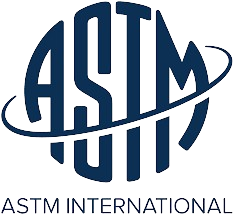
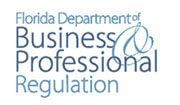




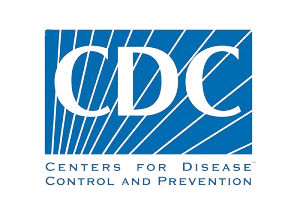
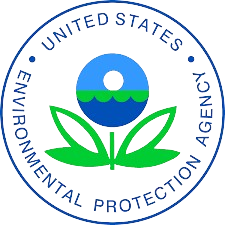

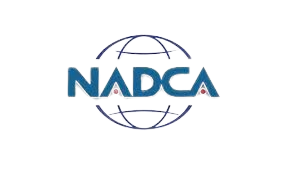
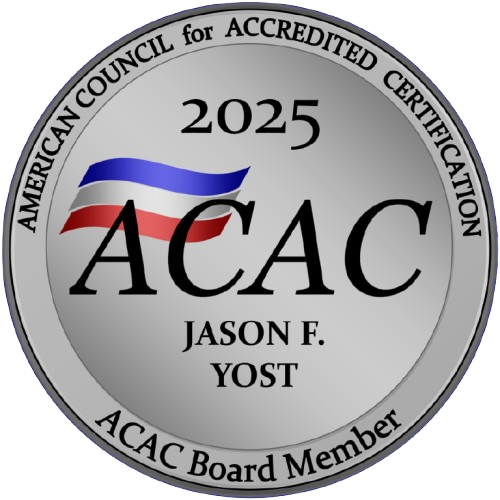
All Rights Reserved | Gulf Coast Center for Indoor Air Quality Services LLC